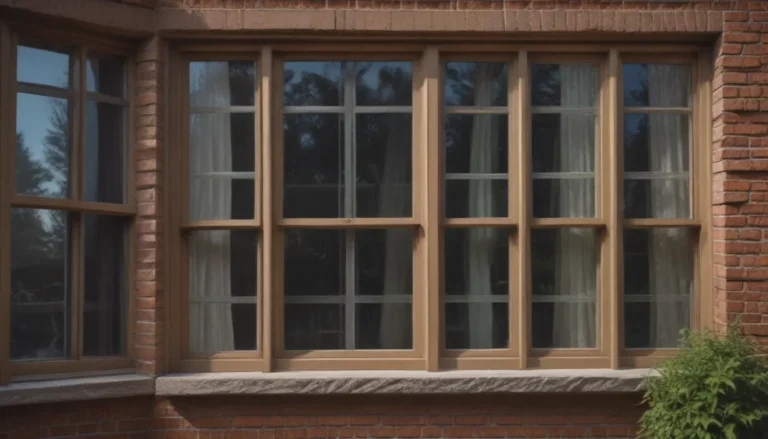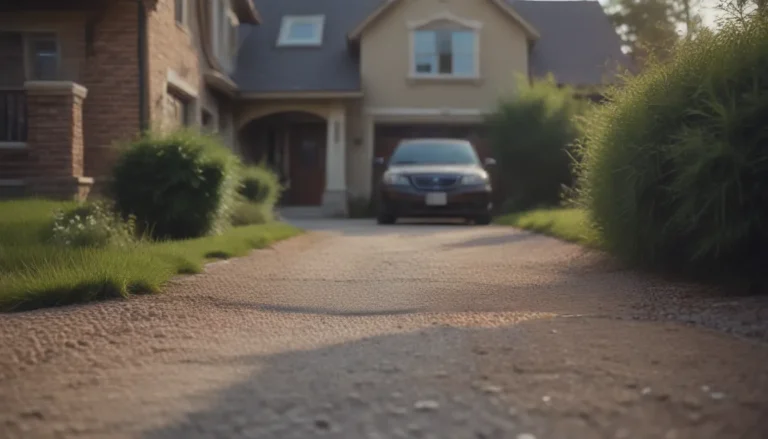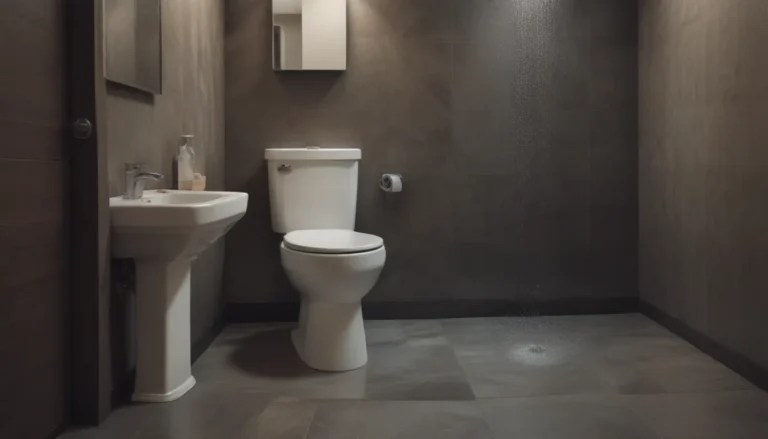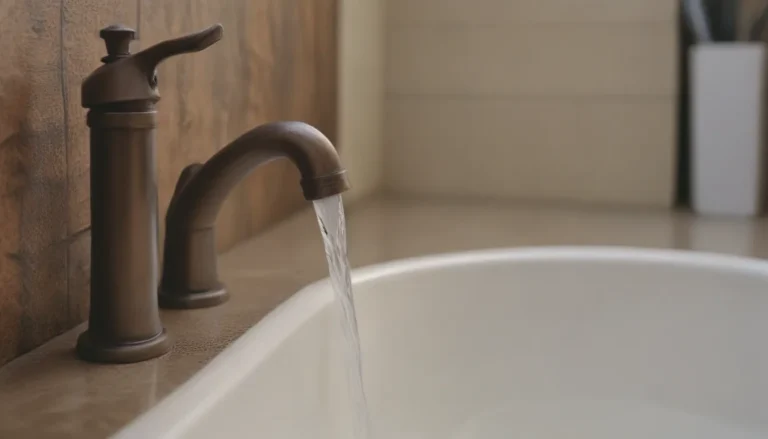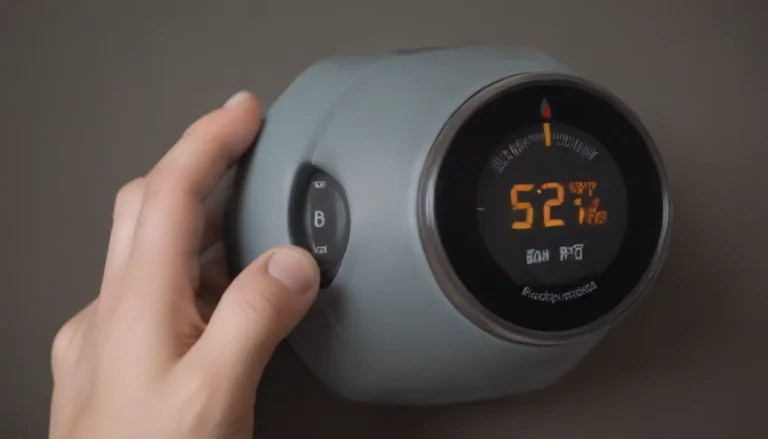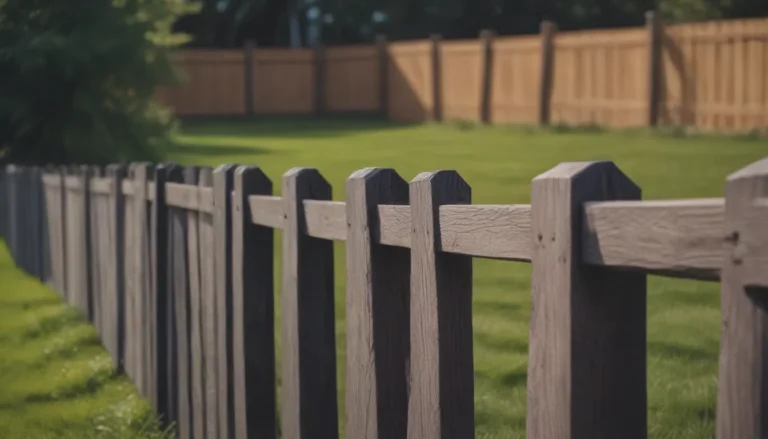Understanding Furnace Short-Cycling: What You Need to Know
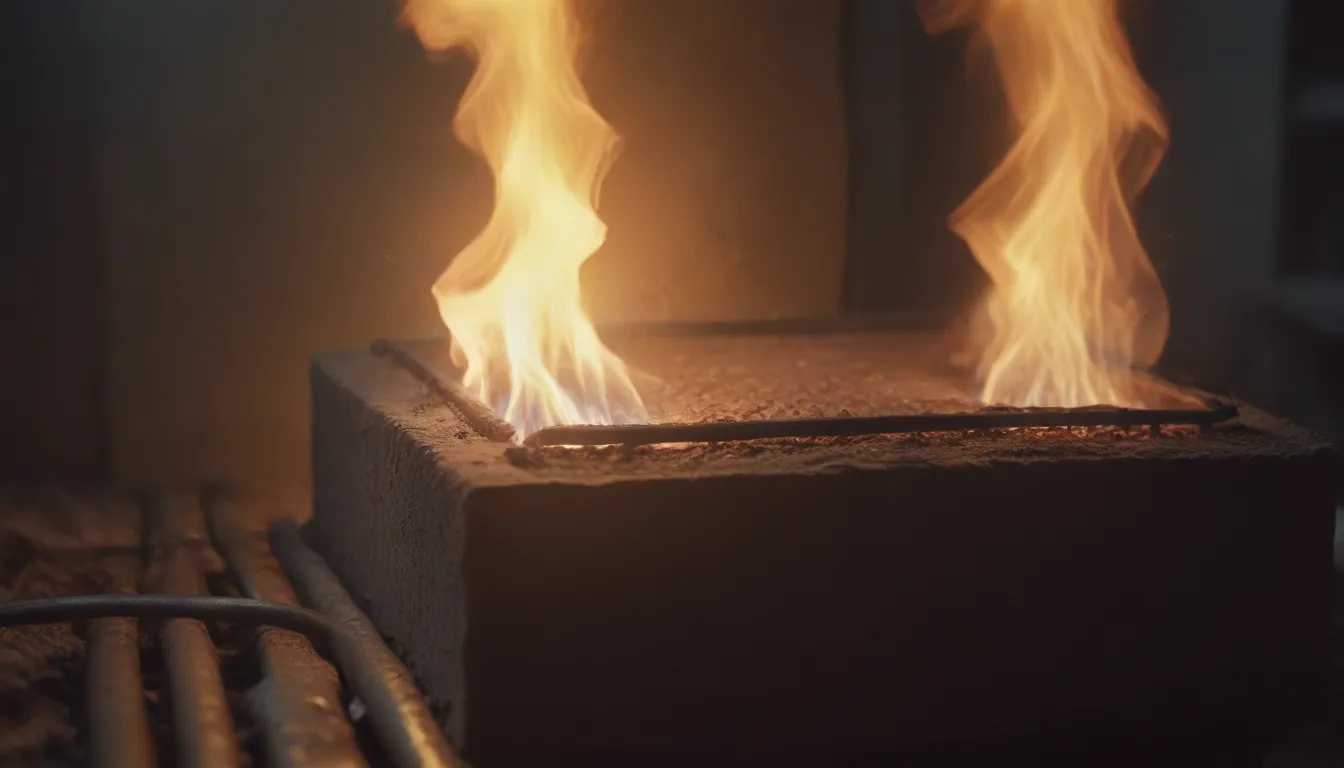
If you’ve ever experienced your furnace turning on and off frequently without actually heating your home to the desired temperature, you may be dealing with a common issue known as furnace short-cycling. In this comprehensive guide, we’ll delve into what exactly furnace short-cycling is, how to identify it, and most importantly, how to address this problem. Whether you’re a seasoned homeowner or a first-time renter, understanding furnace short-cycling is essential for maintaining a comfortable and efficient home.
What Is Furnace Short-Cycling?
Furnace short-cycling occurs when your heating system’s cycles turn on and off rapidly, preventing your space from reaching the desired temperature on your thermostat. This results in your furnace running more frequently than it should, leading to inefficient heating and potential discomfort in your home. While some causes of furnace short-cycling can be easily resolved, others may require professional assistance from a qualified HVAC technician.
Signs of Furnace Short-Cycling
Identifying furnace short-cycling is crucial in addressing the issue and restoring proper functionality to your heating system. Here are some common signs to look out for:
- Cold House: If your home never seems to reach the desired temperature despite your furnace running consistently, short-cycling may be the culprit.
- Short Heating Cycles: Normal heating cycles can vary depending on insulation and external factors. However, if your furnace runs for less than the usual time, it may be short-cycling.
- Frequent Heating Cycles: Short-cycling often leads to more frequent heating cycles, where your furnace turns on and off multiple times within a short period.
- Room and Thermostat Discrepancy: A clear indicator of short-cycling is when the room temperature and the thermostat setting don’t align, with the room temperature consistently falling short of the set temperature.
Common Causes of Furnace Short-Cycling
Understanding the potential reasons behind your furnace short-cycling is the first step in resolving the issue. Here are some common causes that could be contributing to this problem:
- Dirty Air Filter: A clogged or dirty air filter can restrict airflow, causing the furnace to overheat and short-cycle.
- Faulty Thermostat: Incorrect thermostat settings or a malfunctioning device can lead to short-cycling issues.
- Clogged Flue: Blockages in the furnace flue can disrupt proper ventilation, triggering short-cycling.
- Dirty Flame Sensor: A dirty flame sensor may fail to detect the presence of a flame, causing the furnace to shut down prematurely.
- Defective Fan Limit Switch: Issues with the fan limit switch can impact the furnace’s blower operation, leading to short-cycling.
How to Fix Furnace Short-Cycling
While some furnace short-cycling issues can be addressed with simple troubleshooting steps, others may require professional intervention. Here are some DIY tips to help resolve common causes of furnace short-cycling:
1. Dirty Air Filter
- Remove the old air filter and replace it with a clean one.
- Ensure that the arrows on the filter frame align with the airflow direction.
- Regularly check and replace air filters every 1-3 months to maintain optimal furnace performance.
2. Faulty Thermostat
- Replace the thermostat batteries with fresh ones.
- Adjust the temperature differentials to prevent frequent cycling.
- Verify that the thermostat is properly calibrated and functioning correctly.
3. Clogged Flue
- Turn off the furnace and inspect the flue for any blockages.
- Clear out any obstructions using a flashlight and appropriate tools.
- Reassemble the flue and restart the furnace to check for improved performance.
4. Dirty Flame Sensor
- Shut down the furnace and locate the flame sensor.
- Gently clean the sensor using fine steel wool or sandpaper.
- Consider replacing the sensor if cleaning doesn’t resolve the issue.
5. Defective Fan Limit Switch
- Due to safety concerns, it’s best to have a professional replace the fan limit switch.
- Contact a qualified HVAC technician for expert diagnosis and replacement of the faulty switch.
Knowing When to Seek Professional Help
While DIY troubleshooting can address some furnace short-cycling issues, complex problems may require the expertise of a licensed HVAC technician. It’s essential to recognize when professional intervention is necessary to ensure the safety and efficiency of your heating system. If you encounter persistent short-cycling or encounter technical difficulties during troubleshooting, don’t hesitate to contact a professional HVAC service provider for comprehensive assistance.
In conclusion, understanding furnace short-cycling and its potential causes is key to maintaining a comfortable and functional home environment. By familiarizing yourself with the signs of short-cycling and implementing appropriate troubleshooting steps, you can address the issue promptly and prevent further complications with your heating system. Remember, a well-maintained furnace is essential for staying warm during the colder months and ensuring optimal energy efficiency in your home.
Remember, a well-maintained furnace is essential for staying warm during the colder months and ensuring optimal energy efficiency in your home. Don’t let furnace short-cycling disrupt your comfort – take proactive steps to address the issue and enjoy a cozy, well-heated home all year round.
